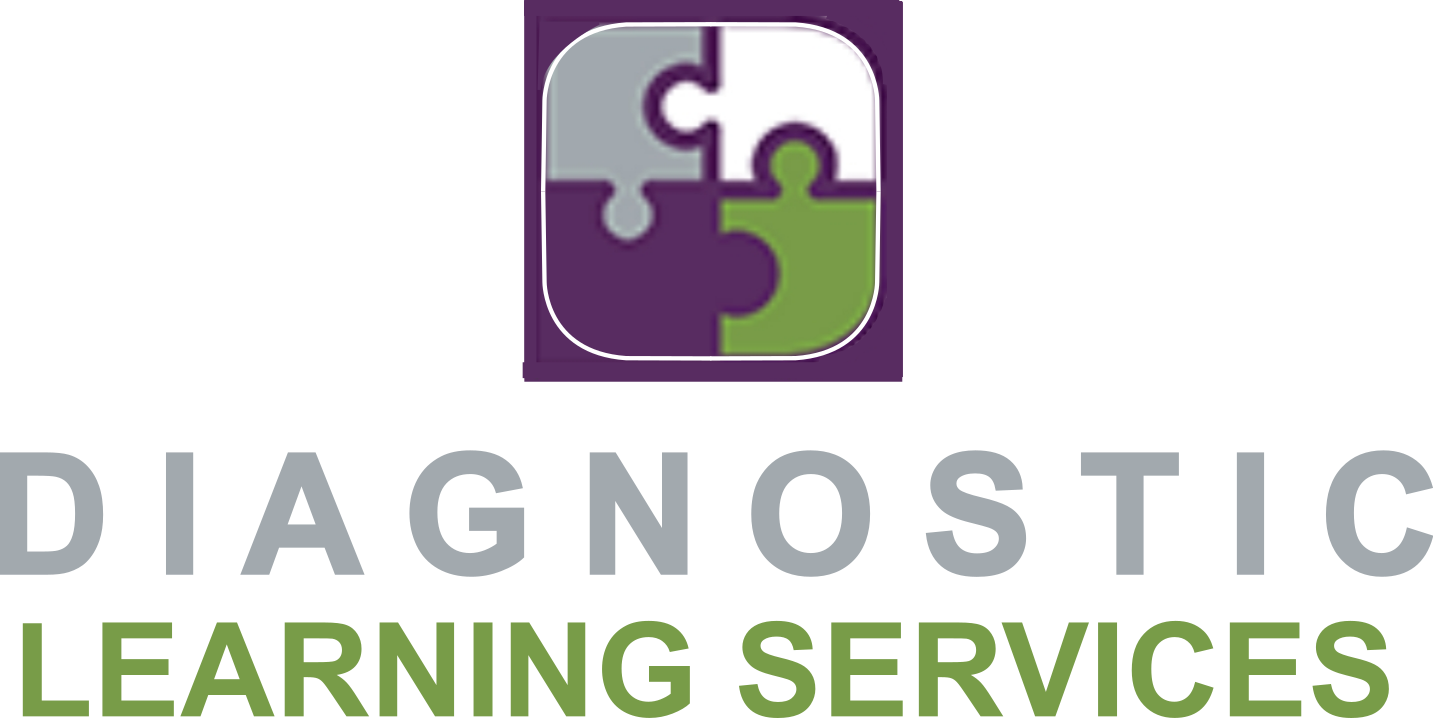What is Dysgraphia?
For many students, writing is an important part of learning, but for children with dysgraphia, even writing a single word can feel like a monumental task. Dysgraphia is a learning disorder that impacts motor skills, spelling, and the ability to organize thoughts effectively. It goes beyond just messy handwriting—it can significantly hinder a child’s ability to express themselves in writing, making schoolwork feel overwhelming and frustrating.
Note: Dysgraphia is not a result of laziness or a lack of intelligence. It’s a neurological condition that affects how the brain processes writing.
Warning Signs of Dysgraphia in Students
If you notice these signs in your child, they may be struggling with dysgraphia:
- Hard-to-Read Writing: Handwriting that is messy, inconsistent, and difficult to read, even with practice.
- Mixed-Up Letter Styles: Switching between different types of writing (e.g., cursive, print, uppercase, lowercase) without a clear pattern.
- Words Left Unfinished: Frequent omissions of letters, syllables, or even entire words in sentences.
- Spacing That’s All Over the Place: Uneven gaps between letters and words, making their writing difficult to follow.
- Can’t Picture Letters Before Writing: Difficulty visualizing letters mentally or planning their placement on the page.
- Writing Feels Exhausting: Slow and laborious handwriting that takes a lot of time and energy, leading to frustration.
- Disorganized Pages: Writing that doesn’t stay within the lines, resulting in cluttered or chaotic pages.
- Cramped Pencil Grip: An awkward or uncomfortable grip on the pencil that causes hand pain or fatigue.
- Thinking and Writing Don’t Mix: Difficulty taking notes or keeping up with their thoughts during creative writing tasks.
Tip: If your child struggles with writing, despite consistent practice, a thorough evaluation for dysgraphia can help identify the right strategies for success.
How Can You Support a Child with Dysgraphia?
Writing should not feel like an insurmountable challenge! If any of the signs above resonate with you, an evaluation for dysgraphia can provide clarity and guide you to the best support strategies. Approaches such as assistive technology, multi-sensory learning techniques, and occupational therapy can make a significant difference in helping your child.
Don’t let dysgraphia stand in the way—help your child regain confidence in the classroom today!
